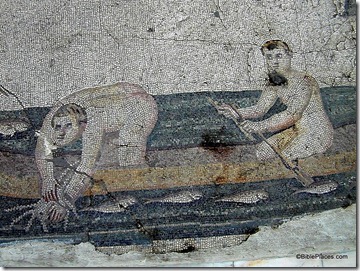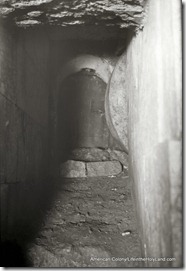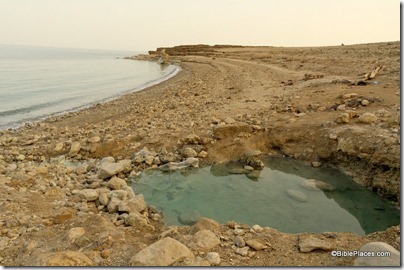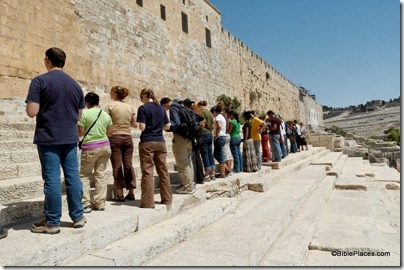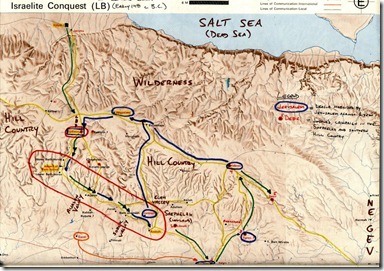From the AFP:
Jordan said on Monday Israel has returned 620 Early Bronze Age pottery items that were taken in the 1960s by a US archaeologist for research at a Jerusalem-based institute.
“Israel returned the items, including pots, plates and jars, in April. American archaeologist Paul W. Lapp borrowed them in the 1960s for study and research,” Fares Hmud, acting director of Jordan’s antiquities department, told the state-run Petra news agency.
“They were taken to the W.F. Albright Institute of Archaeological Research in Jerusalem, and because of the (1967 Six-Day War), Jordan could not take the items back at that time.”
Hmud said the antiquities will be displayed at a museum in the Jordan Valley.
Jordan has said it was still trying to restore from Israel books and manuscripts dating from the first century AD after being smuggled to Israel several years ago.
It is also demanding the return of the Dead Sea Scrolls, also known as the Qumran Manuscripts, which contain some of the earliest biblical texts. The oldest documents date back to the third century BC while the latest was written in 70 AD.
Another article adds that the artifacts were discovered at Bab al-Thira’a. Though the articles do not say, it seems likely that the failure to return the objects was related to the archaeologist’s death in 1970. Paul Lapp died in a drowning accident at the age of 39, leaving behind a wife and five kids (BA 33: 60-62, via jstor).
HT: Daniel Wright
